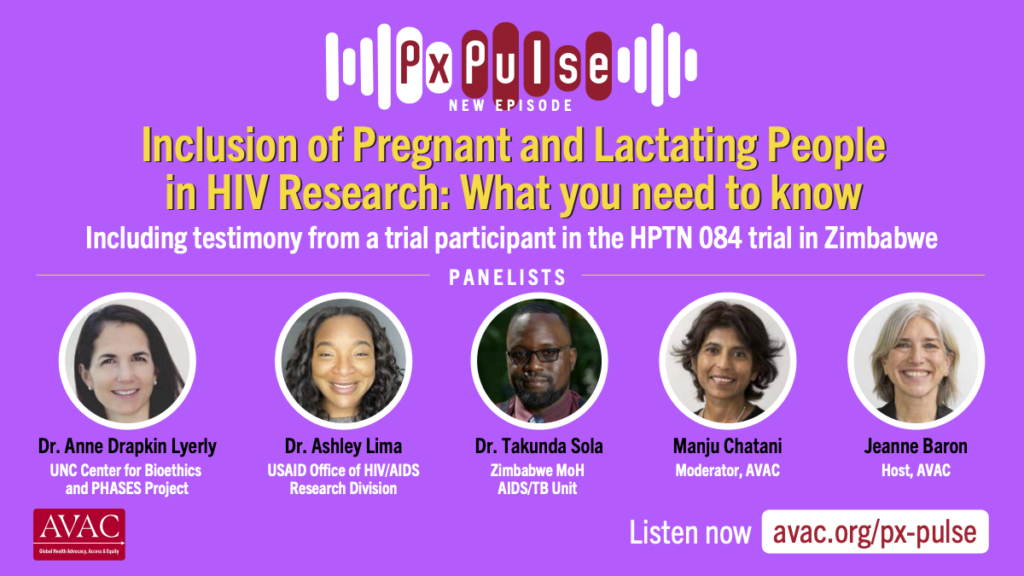Tuesday, November 28
Between the recent accelerated growth in global PrEP initiations, and the introduction of new PrEP products like cabotegravir and the dapivirine vaginal ring, the field of PrEP data has never been more exciting or more complex. Staying on top of the latest advances is key for advocates, researchers, funders, and others working in HIV prevention to do their job effectively—but how can you navigate the vast amount of PrEP data online? AVAC, the Medicines Patent Pool (MPP), and Unitaid presented information on three important online PrEP resources and understand how they can support and enhance your work:
- PrEPWatch.org: the one stop shop for PrEP resources to support introduction and scale-up, including the PrEPTracker, the only place to find information on global PrEP initiations online
- Long Acting Therapeutics Patents and Licenses Database (LAPaL): LAPaL is the go-to resource to learn about long-acting therapeutics, their patent landscape, development and regulatory status
- Access to Medicines Tracker: the go-to place for quarterly-updated insights on regulatory filings, regulatory approvals, and product supplies of MPP-licensed generic medicines at the country level.
